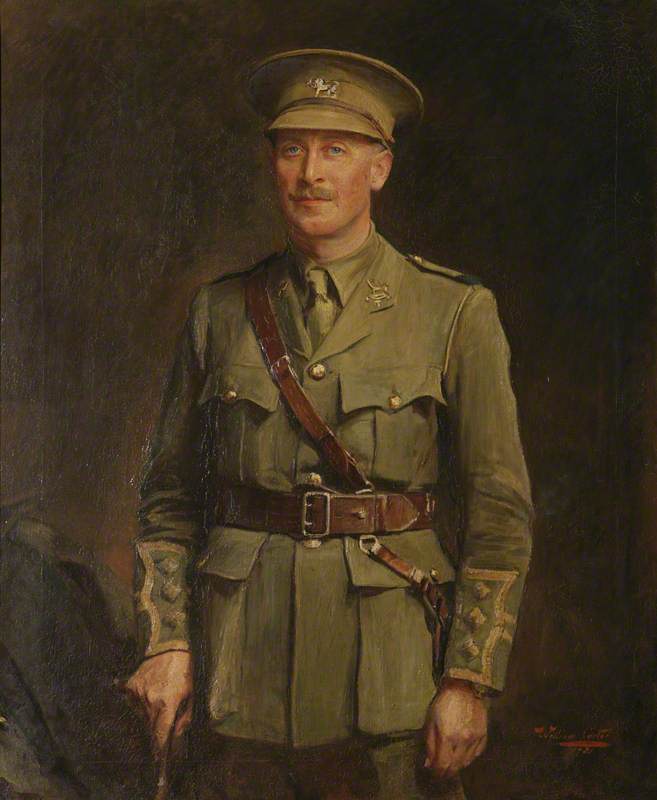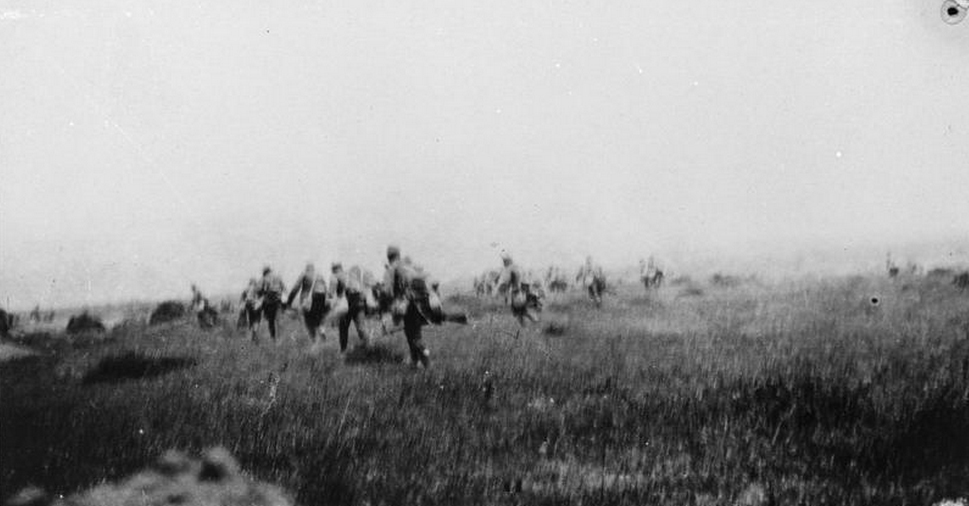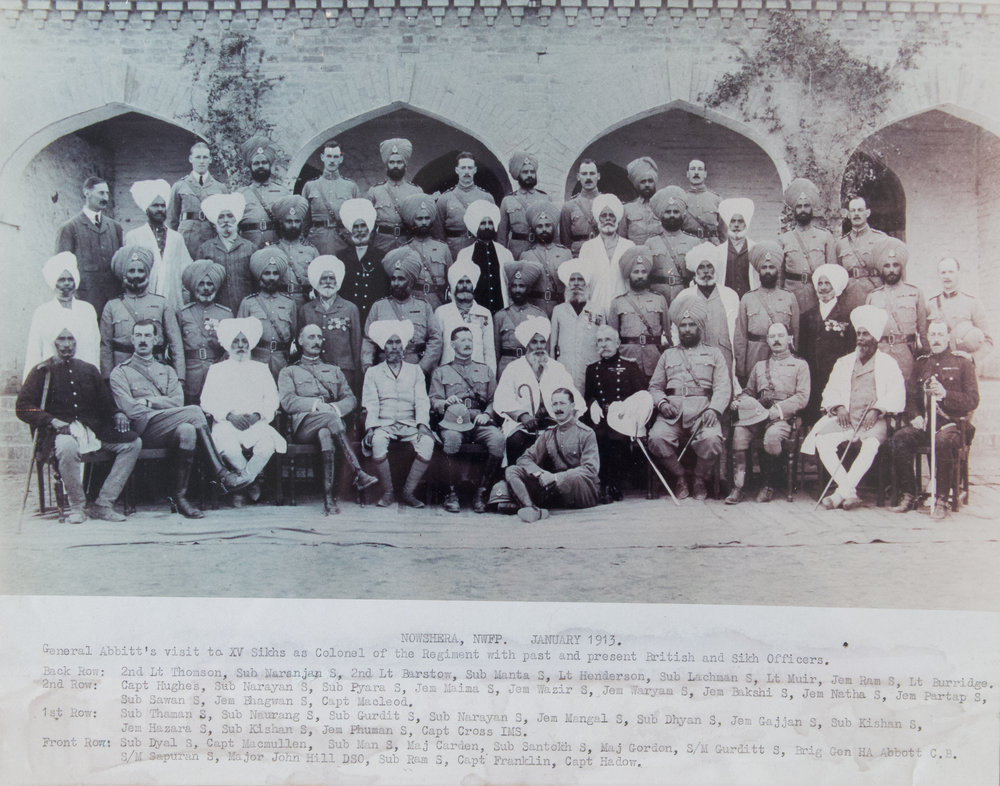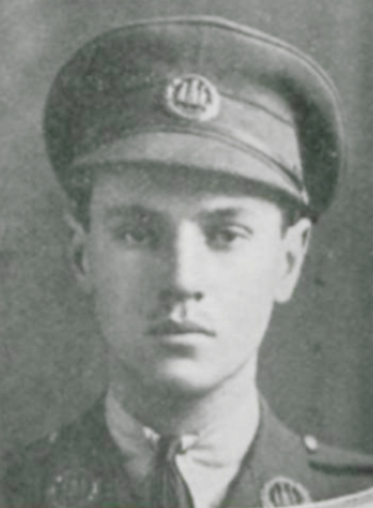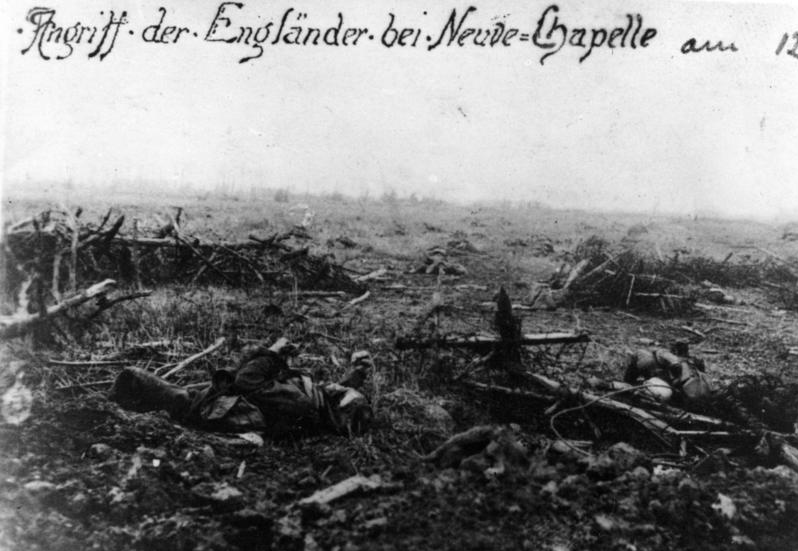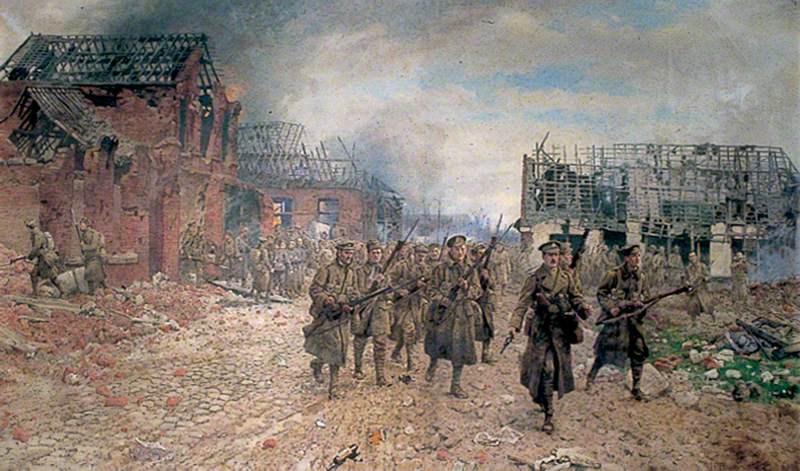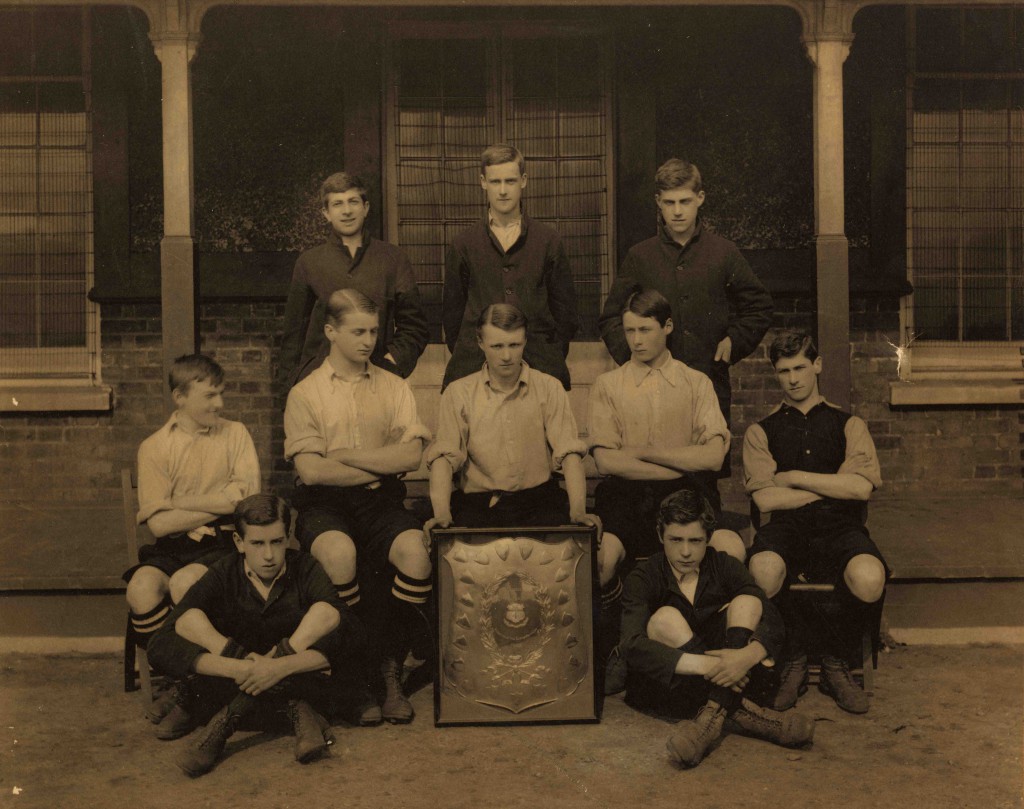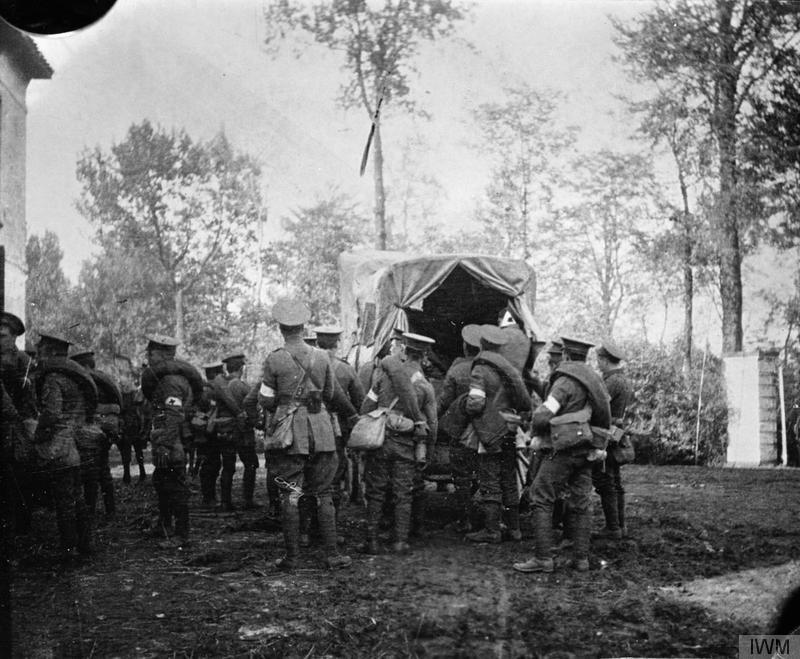Alexander Marchetti
Alexander was born in 1893, in Salford, the son of Greek-born George, an East India merchant. His mother, Alexandra (n├®e Petrocochino) was born in India to Greek parents. The family eventually settled in Paddington and Alexander joined Rigaud’s House in 1908.
He played an active role in all parts of school life, being academically successful and playing football for the school’s 2nd XI. The Elizabethan notes that he spoke on a debate on the topic of whether human happiness increased with civilization — noting that ‘the doctrine of the weakest going to the wall was the most cruel and most inhumane idea ever conceived of’ but, failing to ‘add anything strictly relevant to the motion’
The Elizabethan notes that whilst ‘he had great natural abilities’, reaching the Seventh Form in the school in which pupils prepared for university scholarships, he did not embark on a university career. In December 1914 he enlisted in the of the Royal Fusiliers before advancing to the role of 2nd Lieutenant in the 5th Battalion of the Rifle Brigade. He died a few days after he reached the western front in March 1916.
He is buried in Rue-du-Bois Military Cemetery, Fleurbaix.
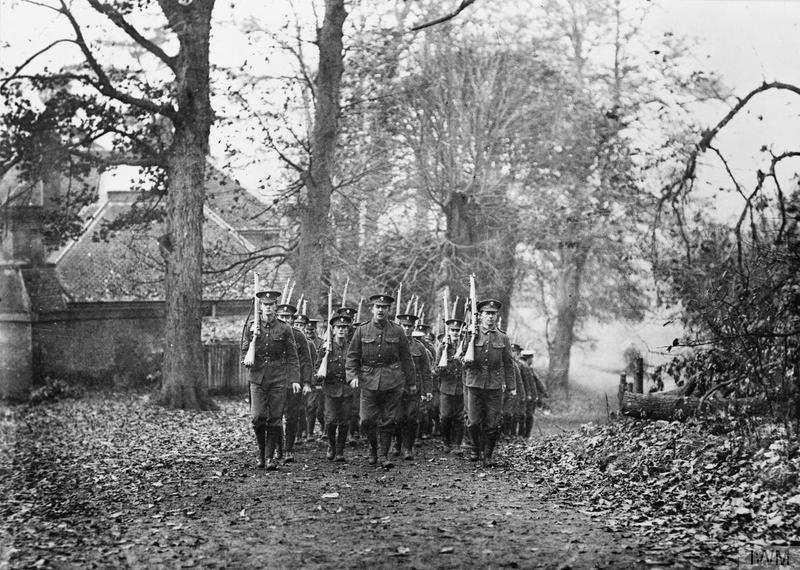
Troops of the 28th Battalion, Royal Fusiliers (Reserve Battalion Public Schools Brigade) on a march, November 1915, IWM
